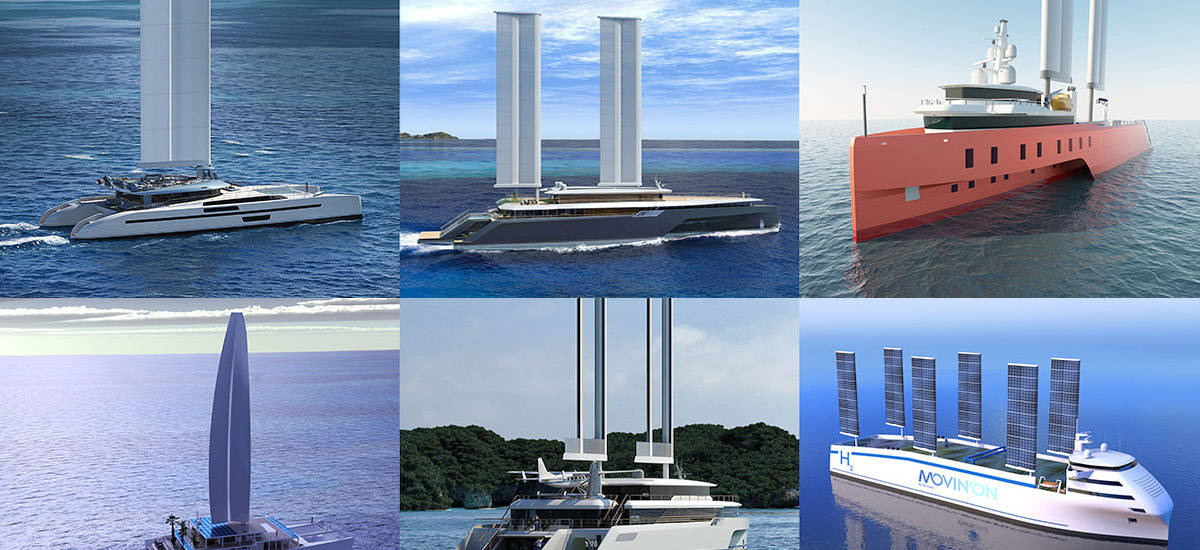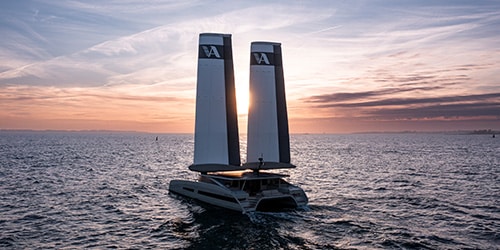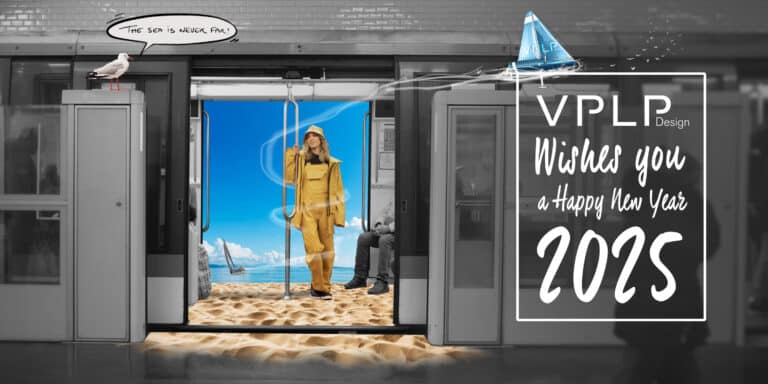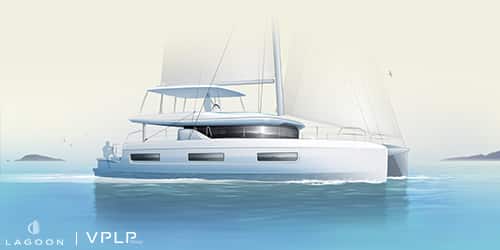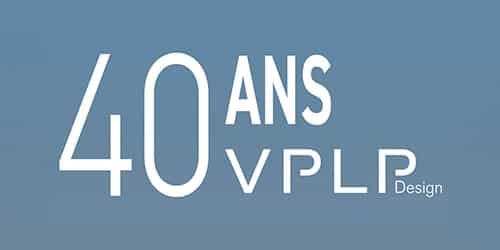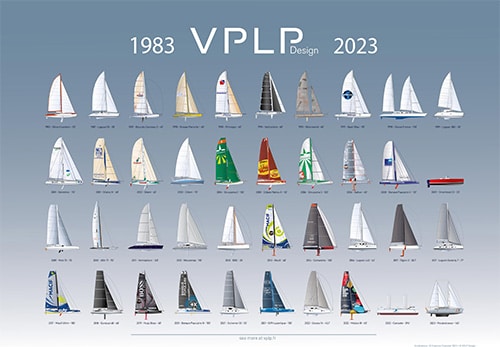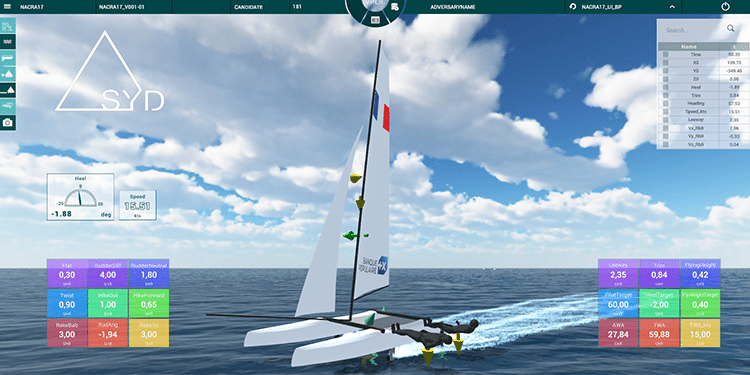Invited to MovinOn, the sustainable development summit which took place in Montreal in early June, Marc Van Peteghem took the opportunity to sketch out VPLP Design’s vision for the future of maritime transport. Here follows what may be considered VPLP’s manifesto on a subject that has held the firm’s attention for many years.
We often don’t realize that 90% of world trade is transported by ships. Indeed almost all of what we buy, sell, possess or use every day comes to us by boat from the other side of the planet. No fewer than 60,000 vessels sail the seven seas to satisfy the demands of international commerce. While maritime transport is inexpensive and pollutes very little per kilo… the volume is such that it is a major contributor to climate change.
The figures are alarming and speak for themselves. Ships burn a waste product of the oil industry called heavy fuel oil which releases into the atmosphere CO2 particles, nitrogen oxide (NOx) and sulphur oxide (SOx). A European study has shown that these emissions are responsible for the deaths of 60,000 people per year and their overall effect on health is estimated to cost us 58 billion euros annually. By 2050 maritime traffic is expected to double, which means that if nothing is done in the meantime, then its contribution to total greenhouse gas emissions will rise to 17% (it currently stands at 4%).
The world’s governments are slow to react. Lobbying by shipowners and flag authorities is creating inertia in the decision-making process and preventing the adoption of an ambitious plan to decarbonize the shipping industry.
However it’s not all bad news:
– Four emission control areas (North Sea, Baltic Sea, West Indies, Canadian coasts) have been established and restrict the sulphur content of fuel to 0.1%. Other areas are being considered, including the Mediterranean.
– Heavy fuel oil will be banned in 2020.
– Maximum sulphur content will be 0.5%.
– The International Maritime Organization has set the goal of reducing greenhouse gasses by at least 50% before 2050.
But why is so little being done? The solutions for a carbon-free shipping industry exist already. A combination of wind, hydrogen and solar power connected to electrical propulsion will be driving ships within the coming 30 years.
For over 4,000 years professional mariners were harnessing the wind, and then 150 years ago they abandoned it for fossil fuels. It is time for wind power to make a return, using modern technology to make it suitable for a demanding industry. For example, there is no question that wind propulsion should require extra crew to manage it. In 2009 the VPLP trimaran Oracle, winner of the 33rd America’s Cup, was trying out her new rigid wing which was furlable, reefable, fully automated and produced at a price that could offer a return on investment within five years would be a viable carbon-free solution for powering commercial vessels.
With funding from Ademe, France’s energy and environment agency, VPLP Design developed a prototype which demonstrated the feasibility of the system. This new wing was fitted to the Gwalaz, a racing trimaran built from flax and recyclable resin at French skipper Roland Jourdain’s yard Kaïros.
An industrial partnership was concluded with de Cnim Group to produce the wing. Expert in the manufacturing of innovative products with high added value, Cnim is the perfect associate for the project’s ambitions with a 2,500-strong workforce and plants in France, Morocco and China. VPLP Design and Cnim are currently developing a range of rigid wings for the shipping industry, recreational craft and fishing boats.
Production begins at the end of the year.
